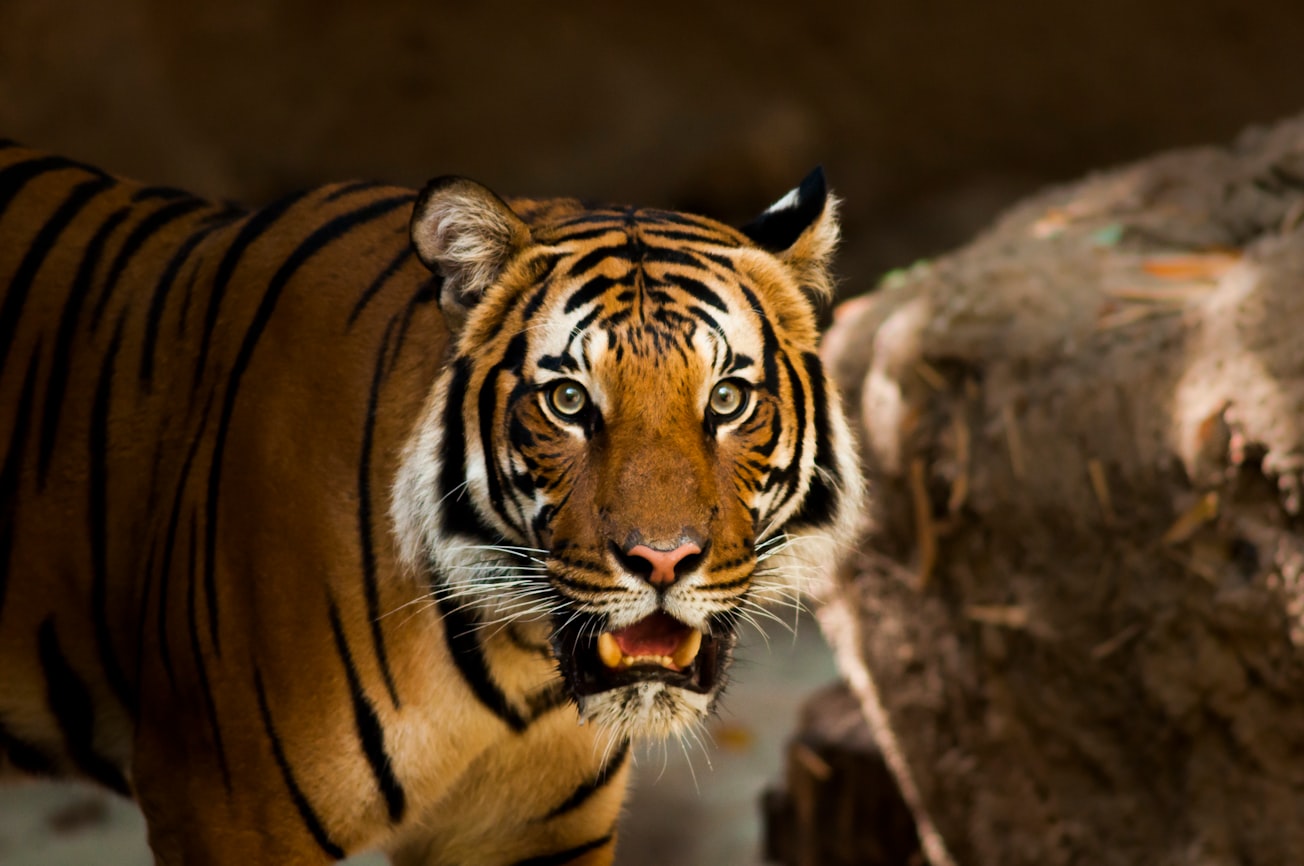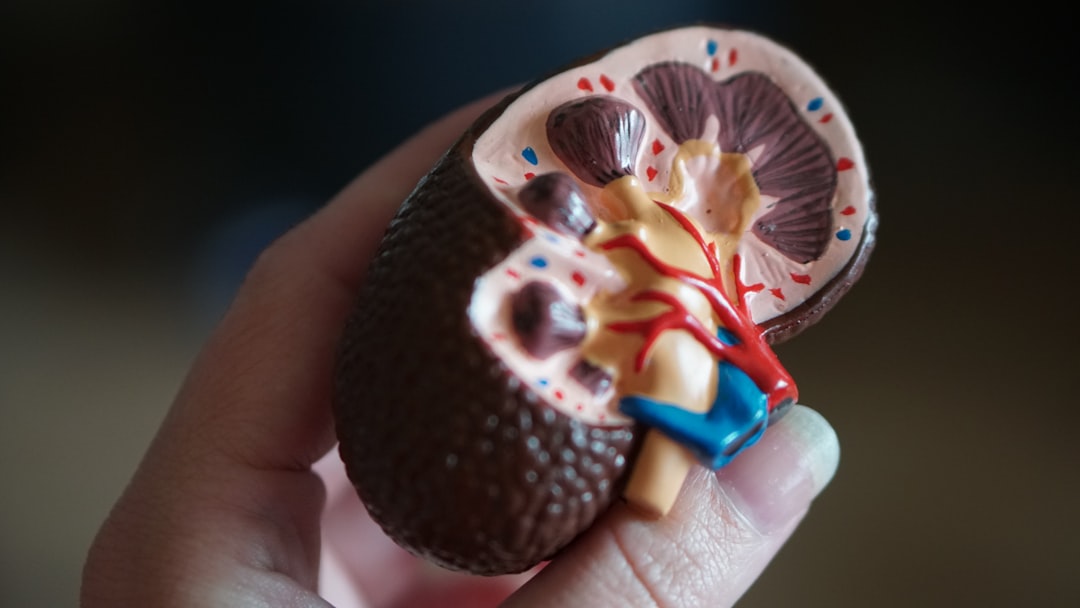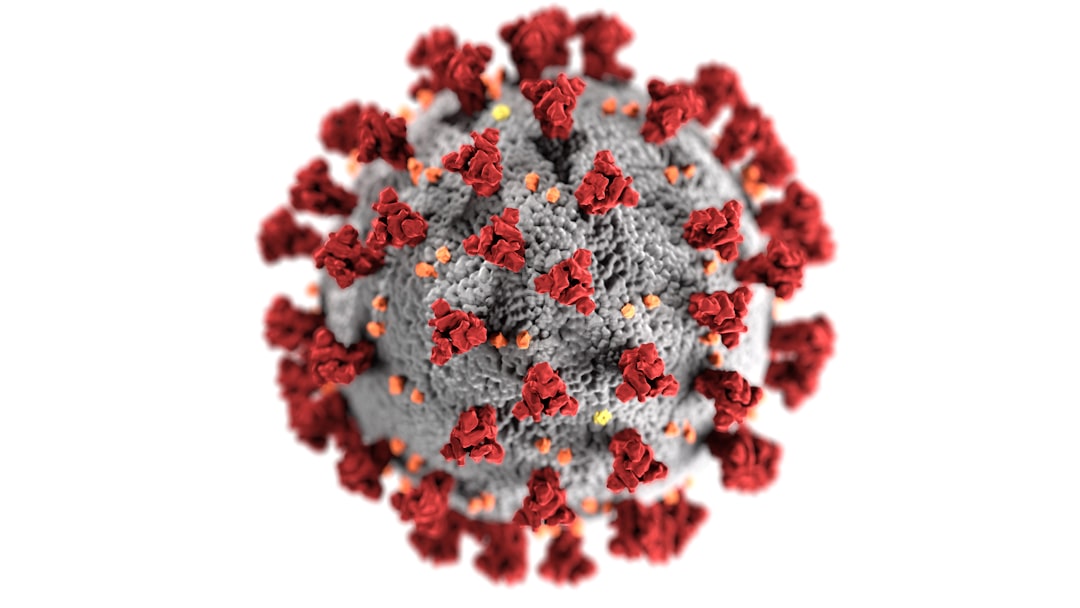What is it about?
A worldwide analysis of large carnivore attacks on humans, investigating factors, main patterns and correlates for each species, species family, and geographic area. We collected a total of 5,440 large carnivore (Felidae, Canidae, and Ursidae; 12 species) attacks worldwide between 1950 and 2019. The number of reported attacks increased over time, especially in lower-income countries. Most attacks (68%) resulted in human injuries, whereas 32% were fatal. Although attack scenarios varied greatly within and among species, as well as in different areas of the world, factors triggering large carnivore attacks on humans largely depend on the socioeconomic context, with people being at risk mainly during recreational activities in high-income countries and during livelihood activities in low-income countries.
Featured Image

Photo by Jessica Weiller on Unsplash
Why is it important?
Large carnivores have long fascinated human societies and have profound influences on ecosystems. However, their conservation represents one of the greatest challenges of our time, particularly where attacks on humans occur. Where human recreational and/or livelihood activities overlap with large carnivore ranges, conflicts can become particularly serious. Two different scenarios are responsible for such overlap: In some regions of the world, increasing human populations lead to extended encroachment into large carnivore ranges, which are subject to increasing contraction, fragmentation, and degradation. In other regions, human and large carnivore populations are expanding, thus exacerbating conflicts, especially in those areas where these species were extirpated and are now returning. We thus face the problem of learning how to live with species that can pose serious threats to humans.
Read the Original
This page is a summary of: A worldwide perspective on large carnivore attacks on humans, PLoS Biology, January 2023, PLOS,
DOI: 10.1371/journal.pbio.3001946.
You can read the full text:
Contributors
The following have contributed to this page










